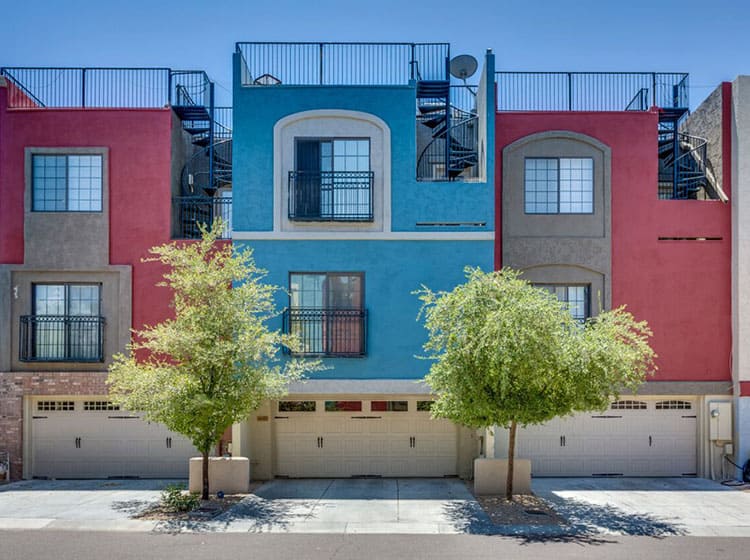Understand Just How Seasonal Problems Affect The Success Of Industrial Outside Paint And Learn The Excellent Durations To Guarantee Resilient Outcomes For Your Job
Understand Just How Seasonal Problems Affect The Success Of Industrial Outside Paint And Learn The Excellent Durations To Guarantee Resilient Outcomes For Your Job
Blog Article
Authored By-Regan Skafte
When you're planning an industrial exterior paint task, seasonal elements can make or break your outcomes. You'll wish to consider how temperature level and moisture effect paint application and drying out times. Picking the ideal period can guarantee your paint sticks correctly and lasts much longer. But which periods are genuinely the most effective for this type of job? Let's discover the crucial elements that can affect your job's success.
The Effect of Temperature Level on Paint Application
When you're preparing an industrial outside paint job, the temperature can substantially affect just how well the paint sticks and dries.
Ideally, you wish to paint when temperatures vary between 50 ° F and 85 ° F. If it's also cool, the paint might not heal appropriately, resulting in concerns like peeling off or fracturing.
On the other side, if it's too warm, the paint can dry out too rapidly, stopping appropriate attachment and leading to an unequal finish.
You need to likewise think about the moment of day; early morning or late afternoon supplies cooler temperatures, which can be more beneficial.
Constantly inspect the manufacturer's referrals for the specific paint you're making use of, as they typically offer guidance on the optimal temperature range for optimum results.
Moisture and Its Impact on Drying Times
Temperature level isn't the only environmental factor that affects your business outside painting job; humidity plays a significant function too. cost to repaint a room can slow down drying times substantially, impacting the general top quality of your paint work.
When the air is saturated with dampness, the paint takes longer to heal, which can bring about concerns like poor adhesion and a higher threat of mold development. If you're painting on a particularly moist day, be planned for prolonged wait times between coats.
It's critical to keep track of neighborhood weather conditions and plan accordingly. Ideally, go for related web site between 40% and 70% for optimum drying out.
Maintaining these factors in mind ensures your task stays on track and provides a lasting coating.
Best Seasons for Commercial Exterior Paint Projects
What's the best season for your industrial outside paint jobs?
Spring and early fall are usually your best options. During these seasons, temperature levels are mild, and humidity levels are frequently reduced, producing excellent problems for paint application and drying.
Stay clear of summer season's intense heat, which can create paint to completely dry also swiftly, resulting in poor bond and coating. Likewise, winter's cold temperatures can hinder appropriate drying out and treating, risking the long life of your paint work.
Go for Click Webpage with temperature levels in between 50 ° F and 85 ° F for optimum results. Remember to check the local weather prediction for rain, as damp problems can wreck your job.
Planning around these variables ensures your paint job runs smoothly and lasts longer.
Verdict
Finally, preparing your commercial external paint tasks around seasonal considerations can make a significant distinction in the result. By asian paints home painting services cost during the optimal temperature levels and humidity degrees, you'll make certain far better bond and drying times. Bear in mind to keep an eye on neighborhood weather report and choose the correct time of year-- spring and very early loss are your best choices. Taking these actions will certainly assist you accomplish a durable and professional finish that lasts.
